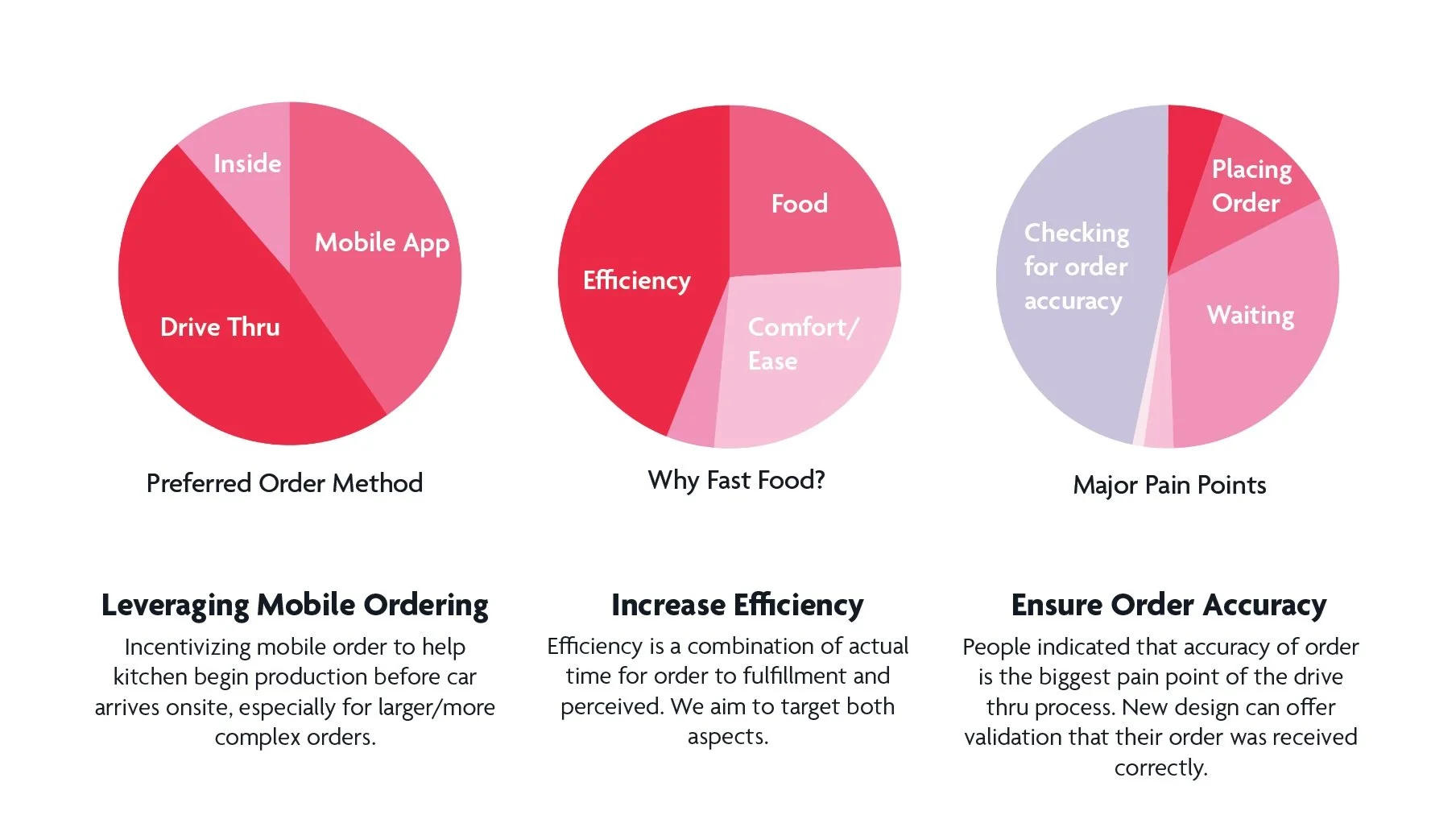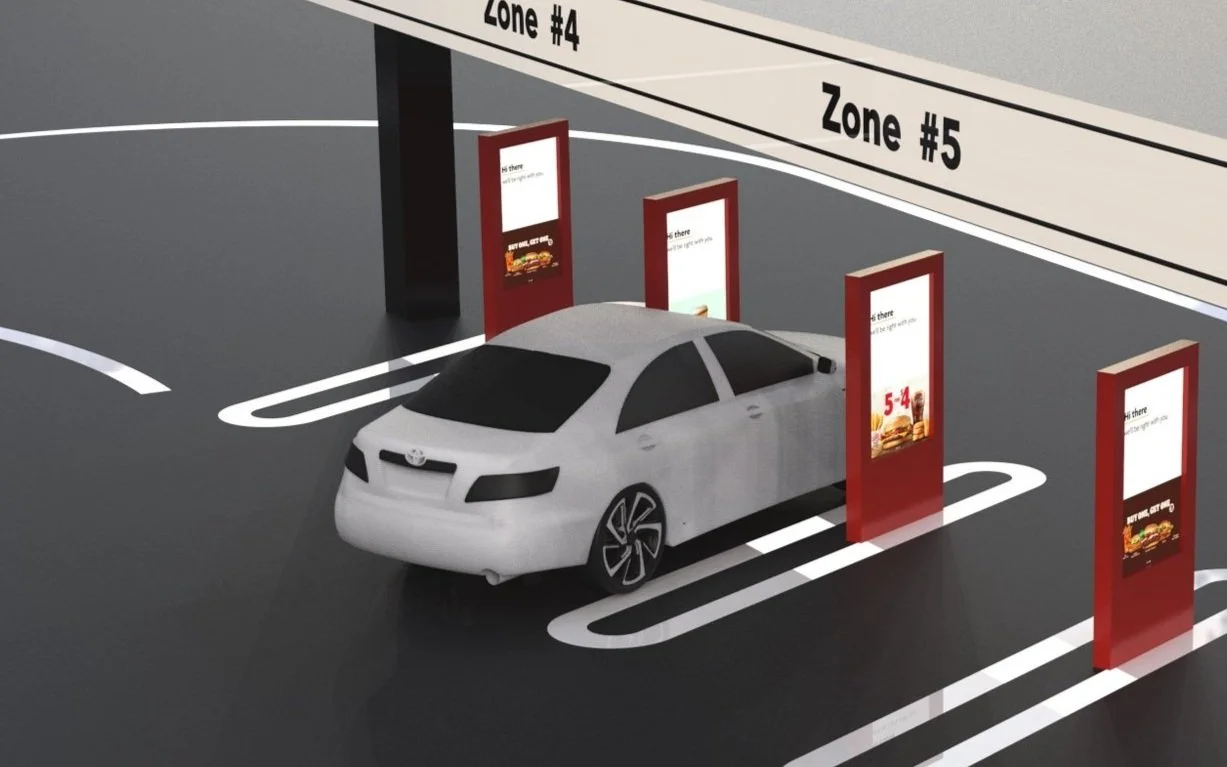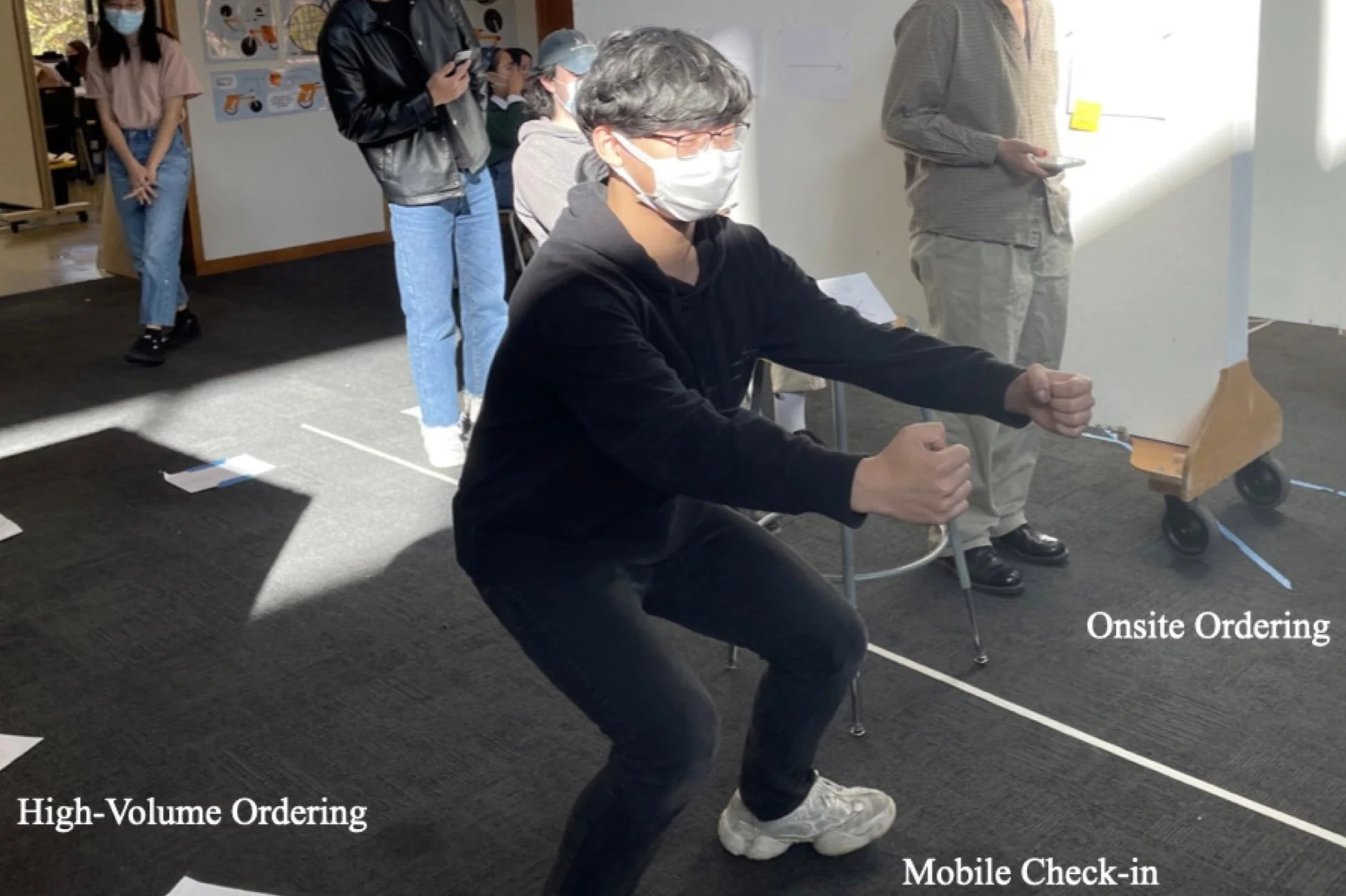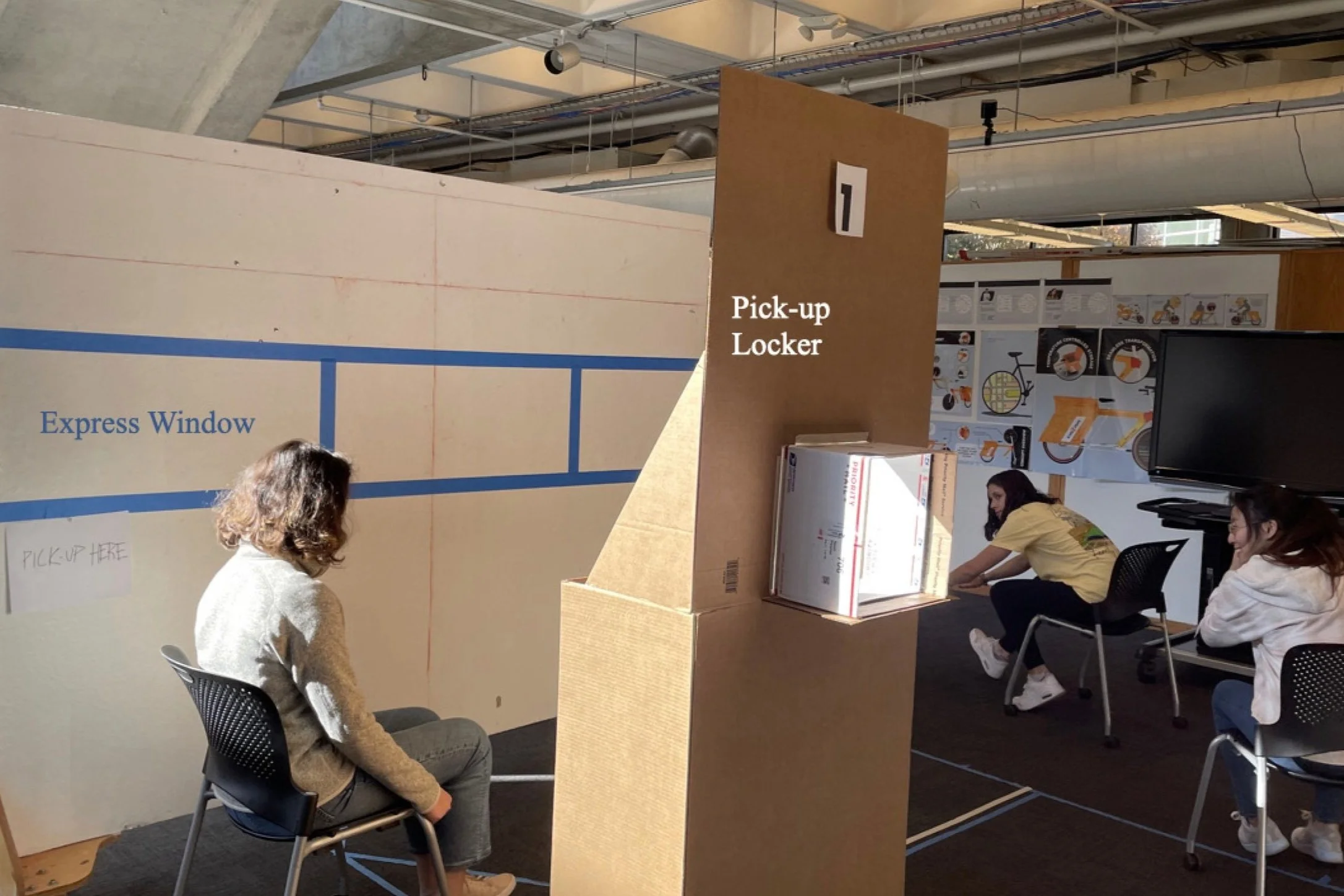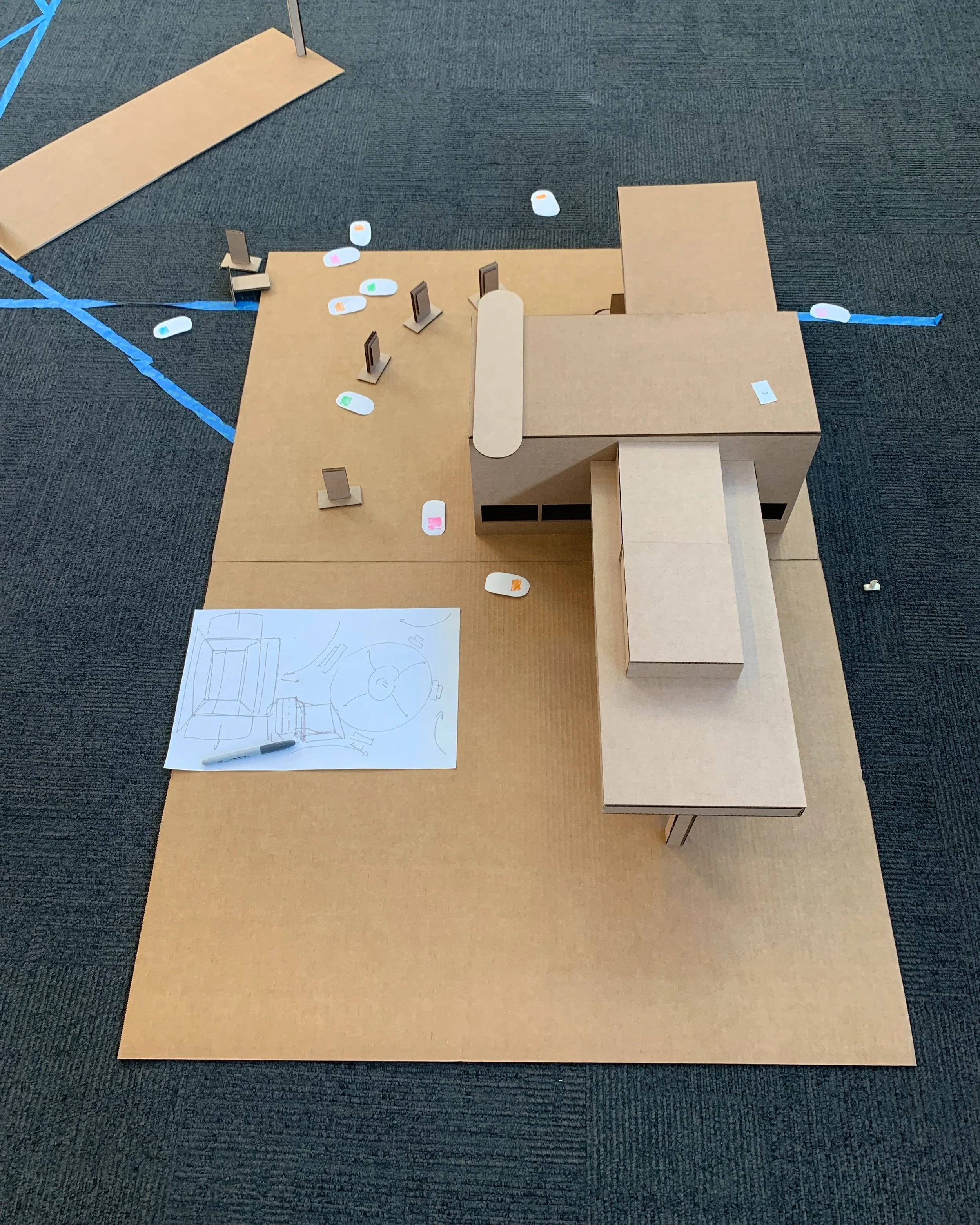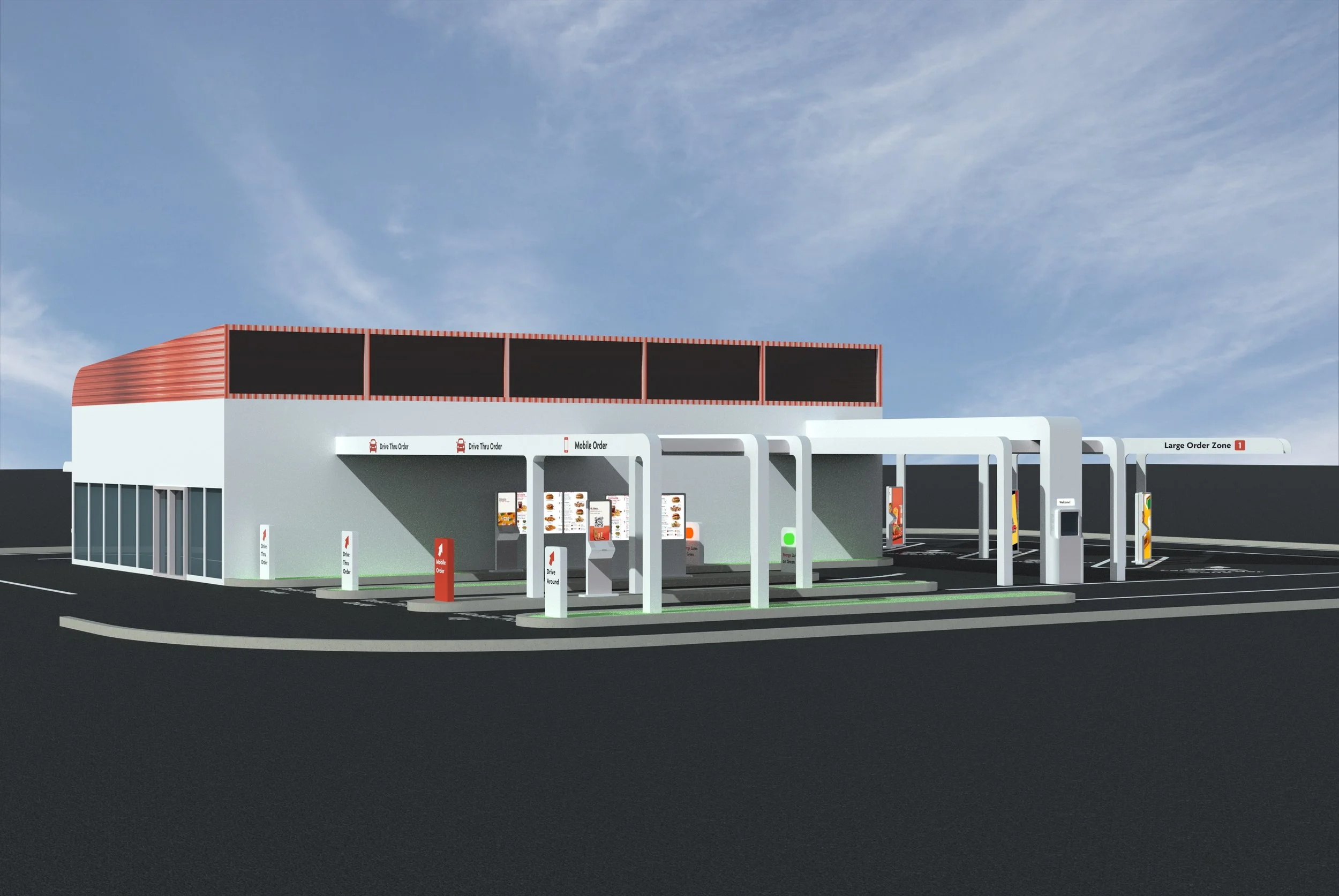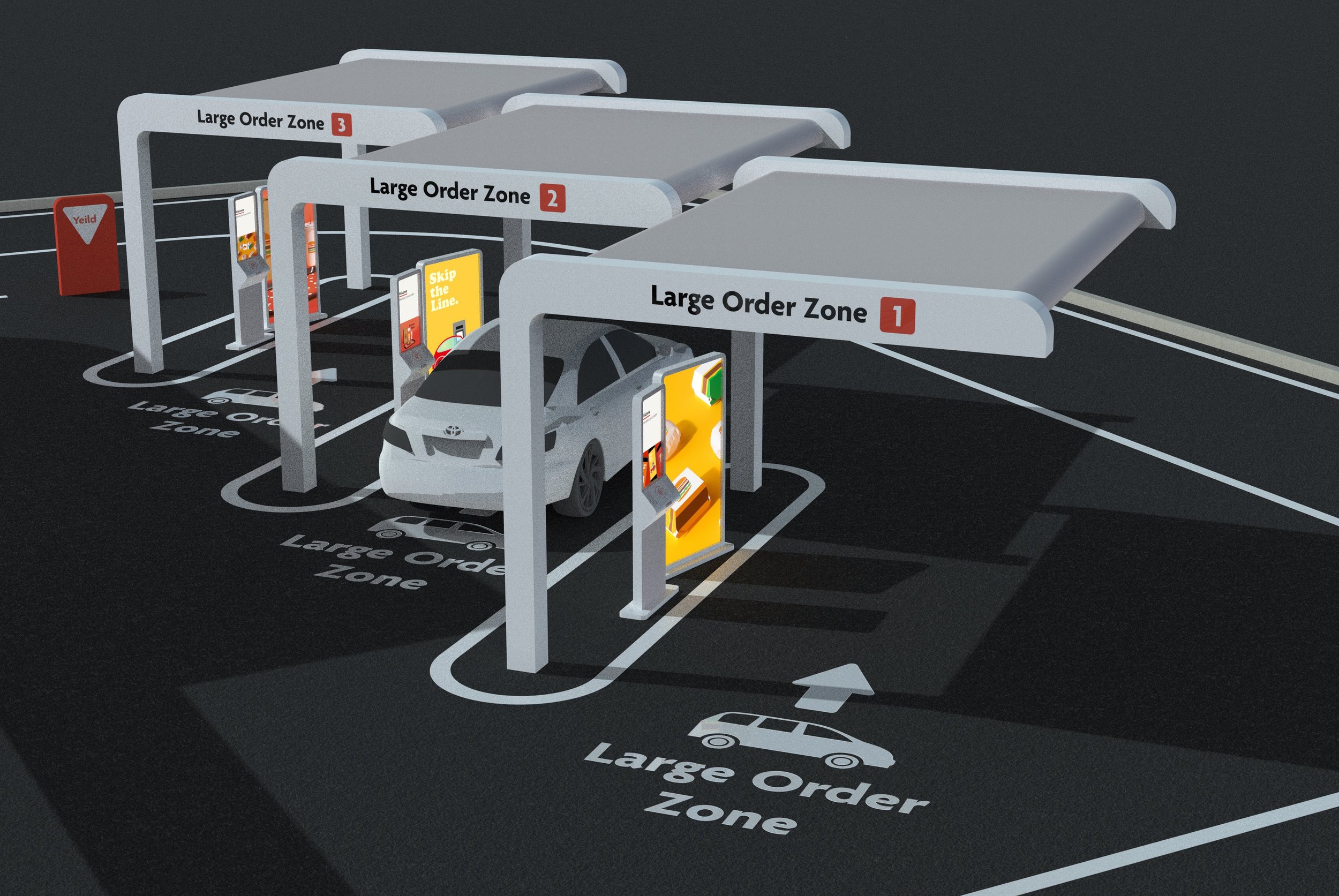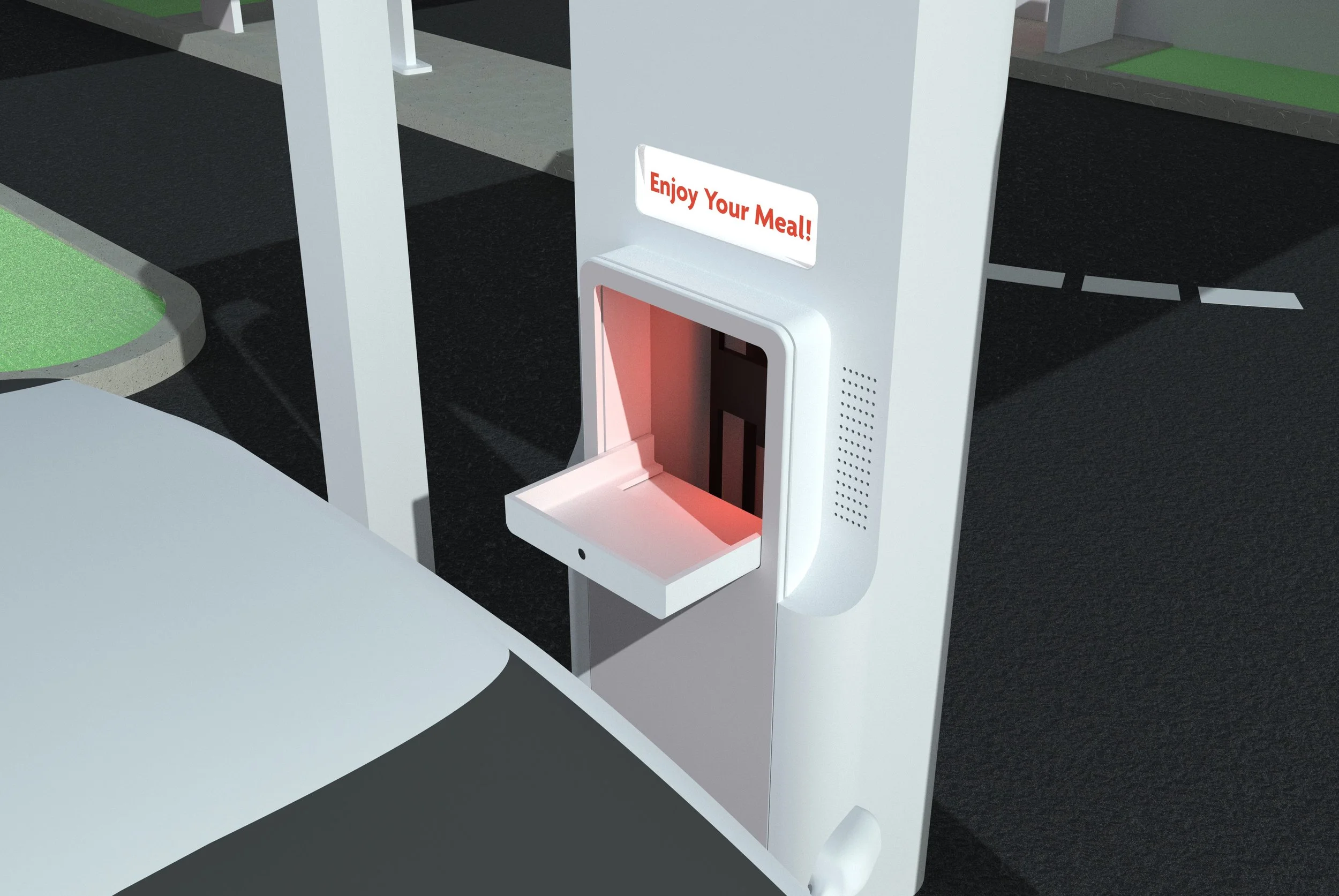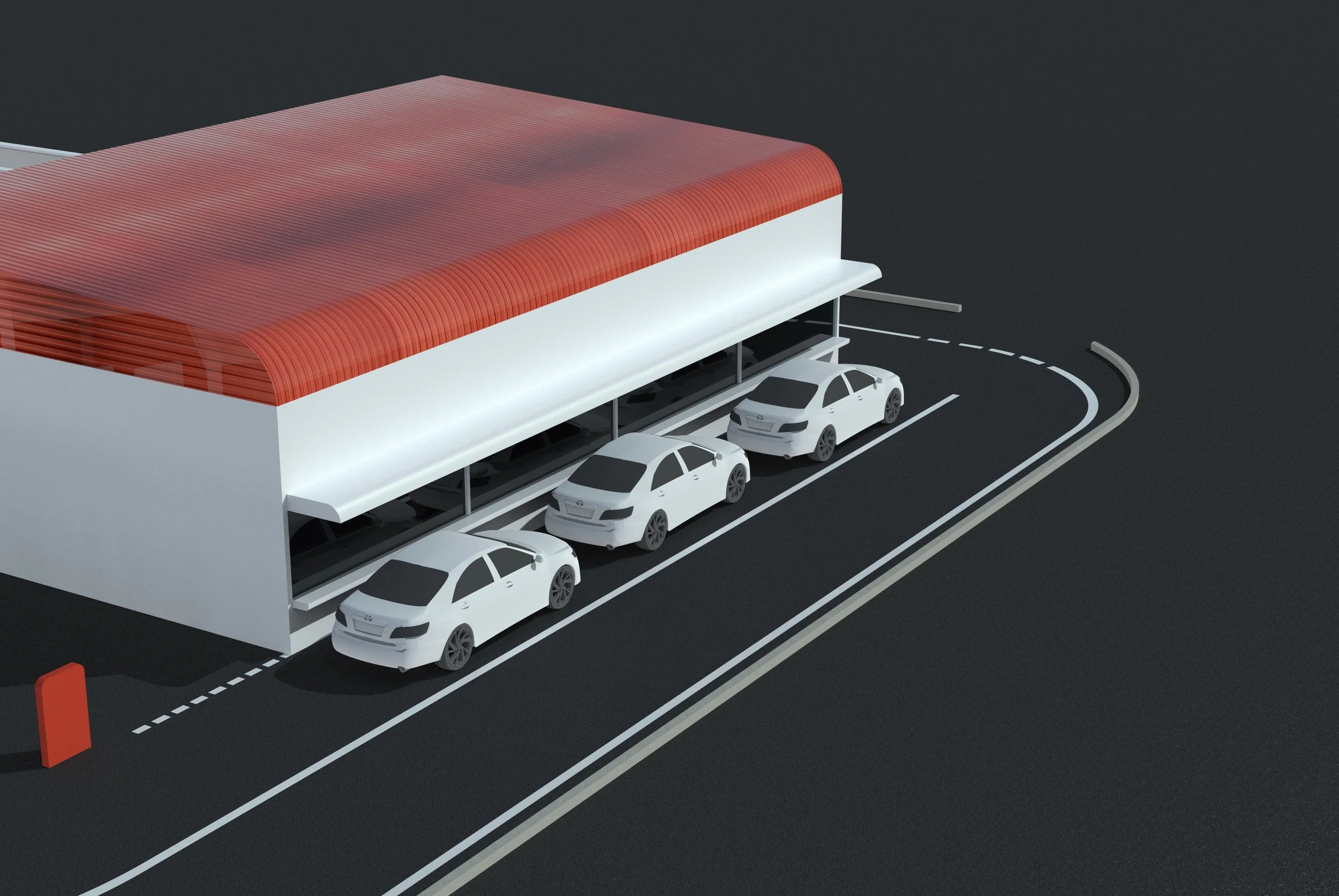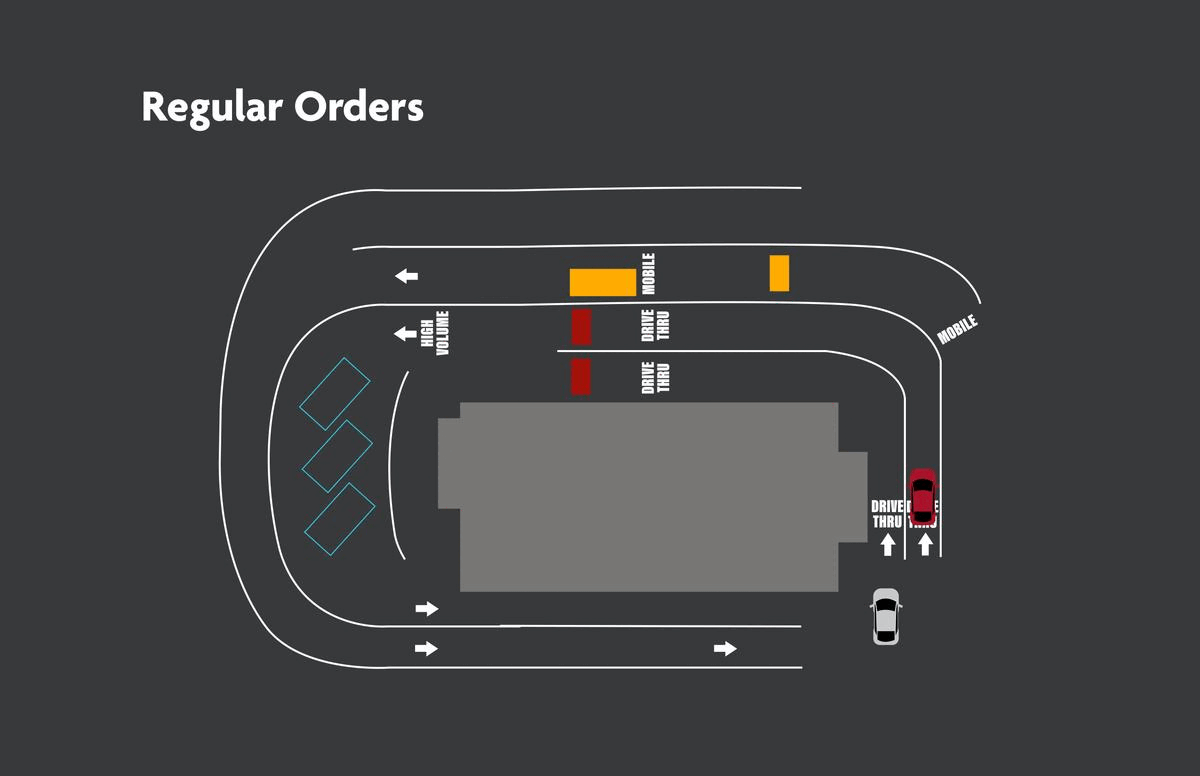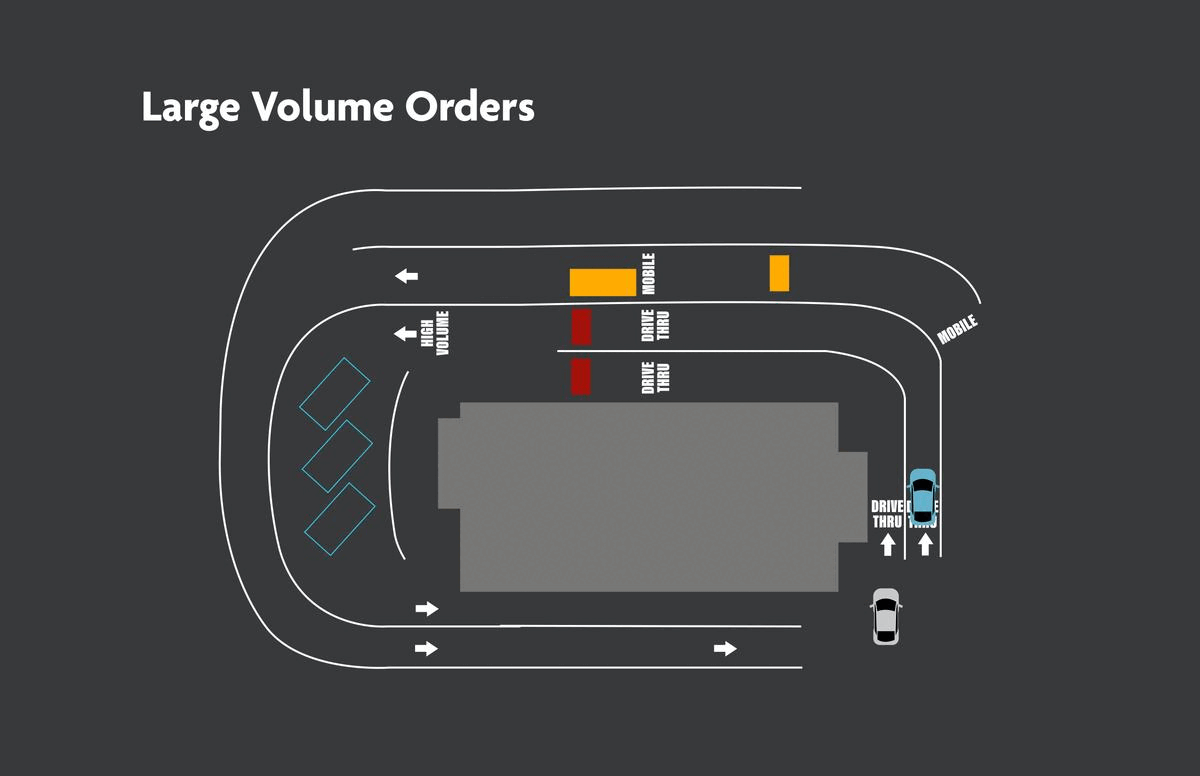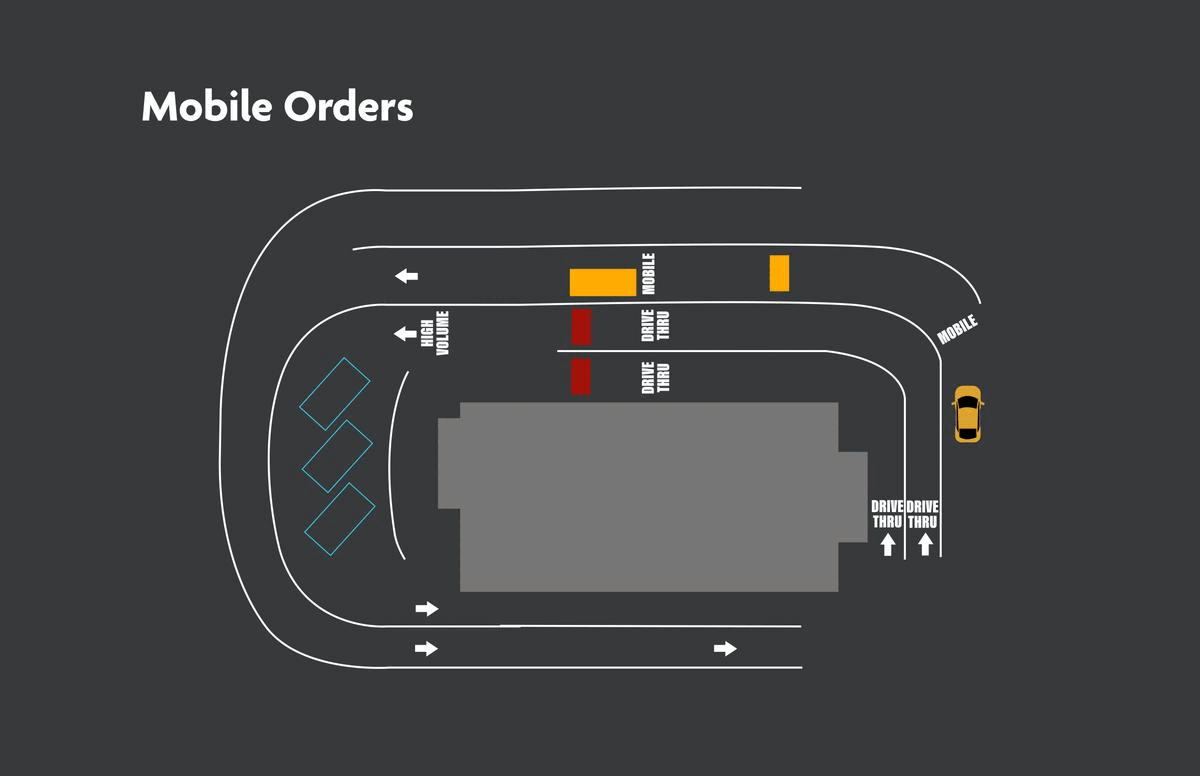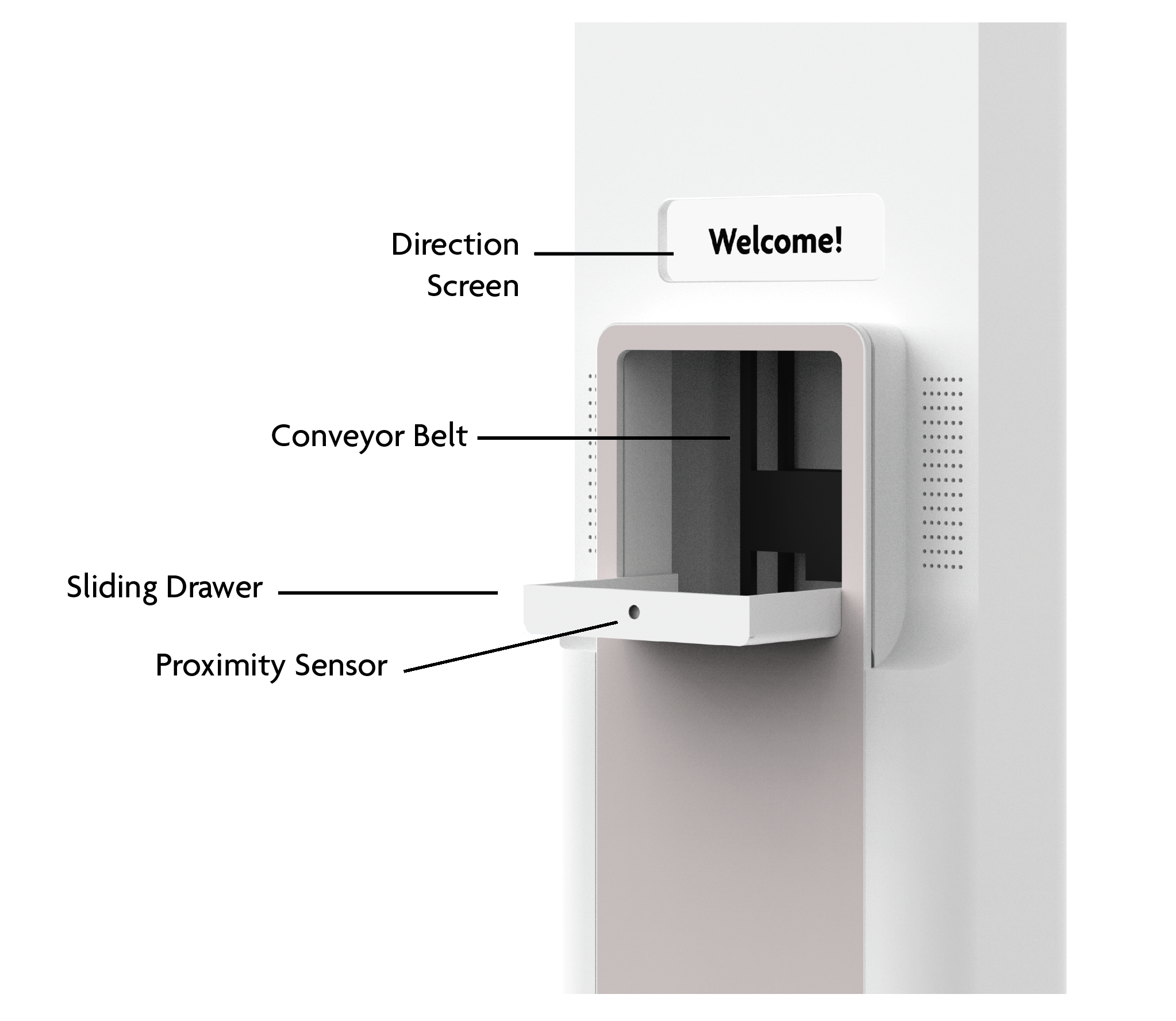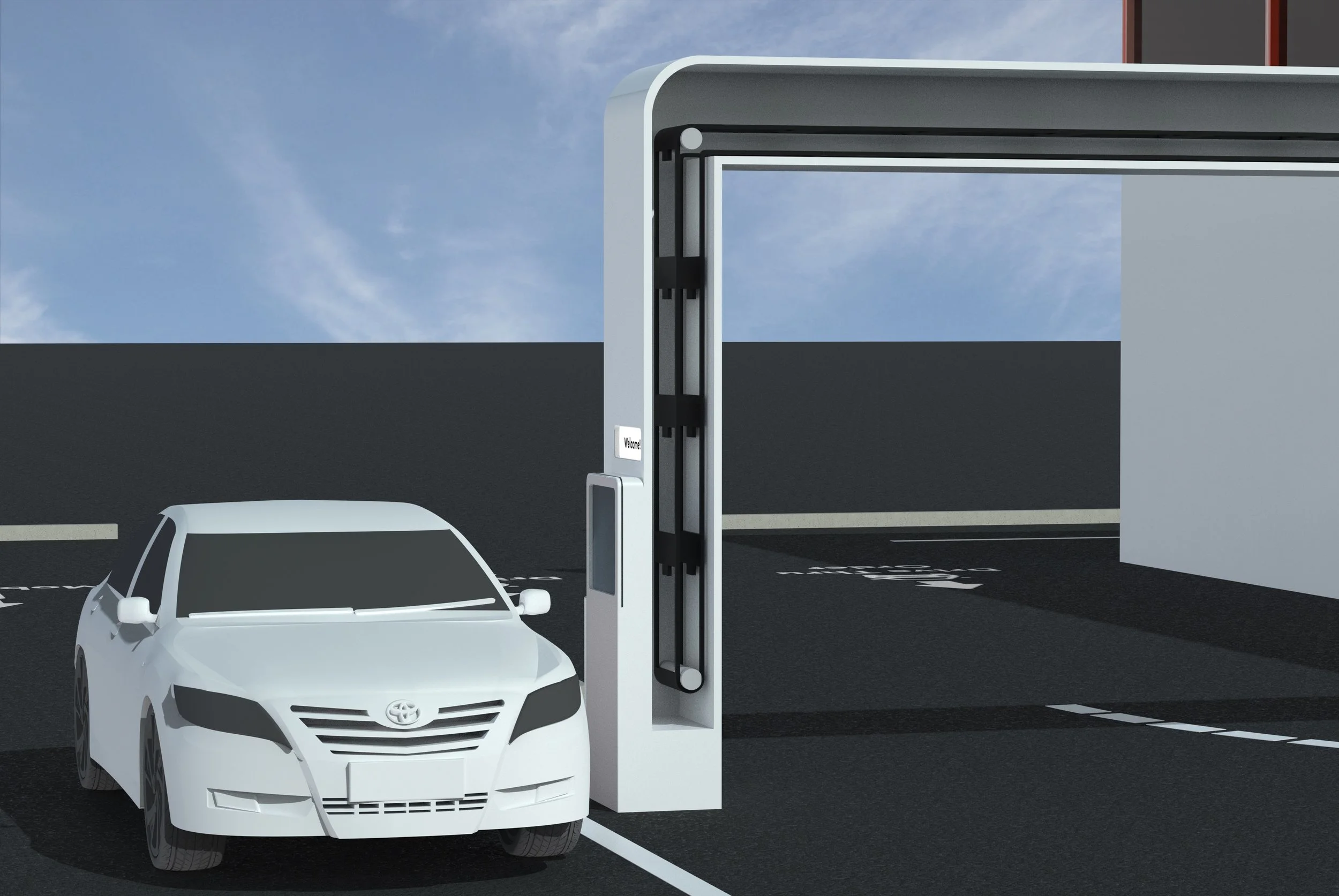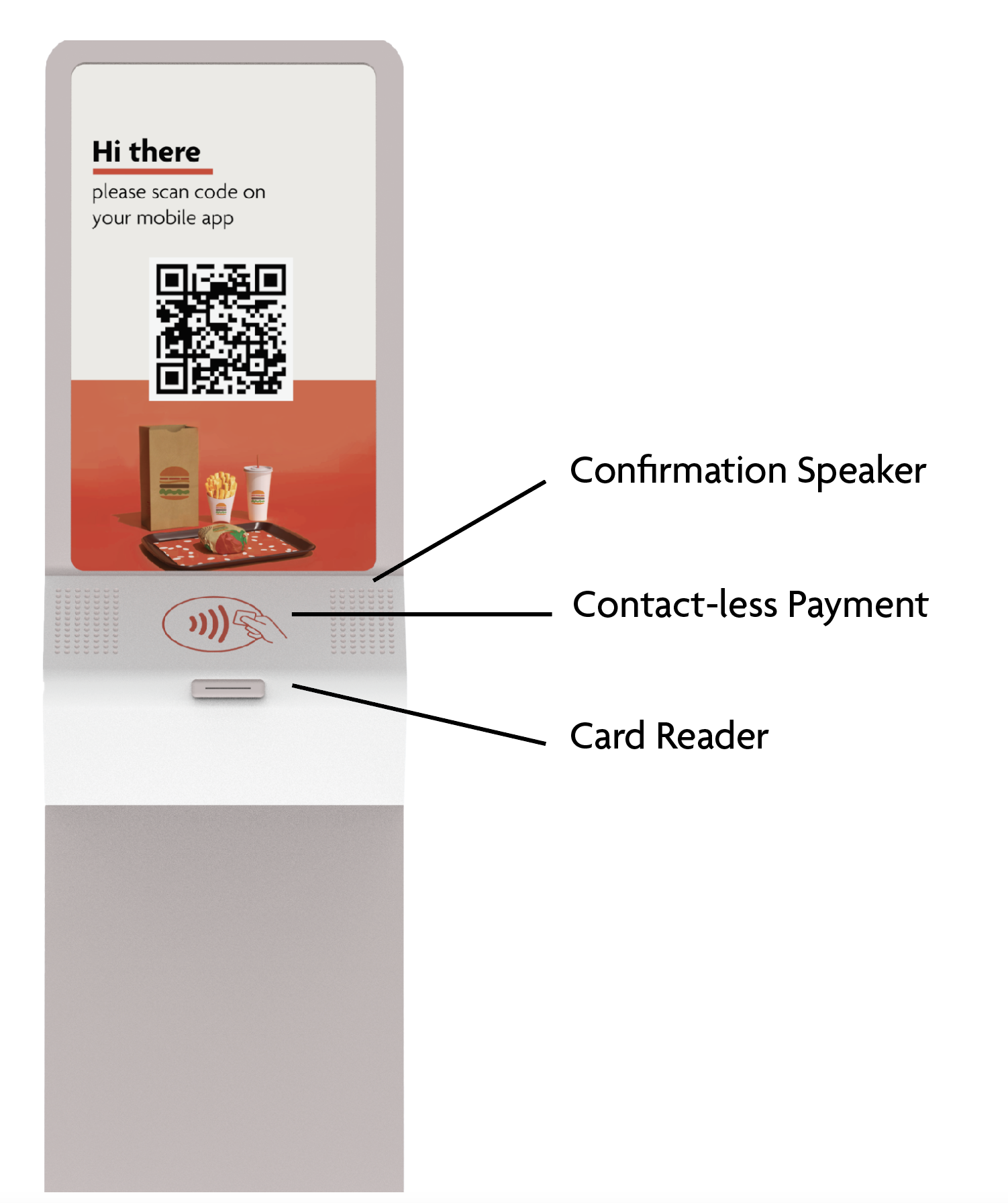QSR Drive Thru
Rethinking the Fast Food Drive-Thru
Discipline
Interactive Design,
Experience Design
For
Cognizant Sponsored Project
Team
Erin Kingsley
Julia Pina
Liza Egorova
Timeline
Sept - Dec 2021
Role
UX Researcher, Prototype Designer
Tools
Figma, Keyshot, Fusion360
Summary
We were tasked with a design challenge: What is the drive-thru experience in the post-COVID world? How would the process of ordering and picking up food become faster, more accurate, and easier?
As a team, we identified the initial design opportunities, which consisted of delays in linear processes, made up for staff shortages, and improve drive-thru lane wayfinding.
Research Insights
With over 100+ survey responses, below illustrate the percentages of how we order fast food, why we order fast food, and what some major pain points are when ordering.
Initial Concepts
Multi-lane Ordering
Ordering Kiosks
Pick-up Lockers
What’s next…
Refine the details of pick-up lockers by considering differences in complexity and car models
Consider real-time tests to document traffic flow and unseen problems.
Conserve real-estate by rethinking integration of waiting lanes
Usertesting Time
We conducted real-time testing of the modified layout by simulating a drive-thru experience in a small atrium, using masking tape for lanes and adding signage to guide users through the new design.
Fastest experience entailed efficiency in both
outside and within the drive-thru system
Clear Way-finding enhances the experience and
reduces decision-making for the user
Our Analysis
Mobile users enjoyed their experience more
compared to their regular-lane counterparts
Final Concept
Closer Look
1. Large Order Zone
Large or complex orders slow the queue. A designated area will be convenient for those ordering as well as the others in line.
2. Pick-Up Lockers
Pick-up lockers allow drive-thrus to space out order pickup zones, reducing perceived wait times.
3. Express Windows
Express windows enable fast delivery of preordered meals, allowing regulars to get their meals without any delays.
How does each lane flow?
Regular orders cater to people on the go, ensuring quick, accurate service and reduced wait times.
By using separate kiosks, large-volume orders have a dedicated space, streamlining the ordering and waiting process.
Mobile orders are the most convenient for kitchen staff, and making this lane the most efficient will incentivize their use.
(I would pick this lane)
Drive Thru Technology
Pick-Up Lockers
The drive-thru uses Pickup Lockers for mobile orders, where users scan a QR code at the kiosk, queuing the order to be delivered to the locker via a conveyor belt system.
Order Kiosk
The Order Kiosk utilizes AI voice recognition for touch-less order placement.
A.I. Camera
The drive-thru uses AI cameras to scan license plates, queue orders, and deliver them to the Pickup Locker. The system also remembers recent orders and suggests tailored items on future visits.
Moving Forward
Real Time Tests w/ Cars
Test with multiple cars in vacant lots in order to more accurately test efficiency and pain points.
Experiment with Building Design
Understand average lot sizes in relation to QSRs to potentially redesign the building itself.
Test Interactive Elements
Focus on building out and testing the interactive elements of the design, such as the kiosks and pick-up locker mechanism.
Learnings
How to think when the sky is limitless
This was my first corporate-sponsored project, and while we kept stakeholders in mind, we had a lot of creative freedom within the project scope. As the UX researcher, I learned that while ideas can soar, keeping users at the center grounds them. UX plays a critical role in balancing business value, feasibility, and user feedback. This project was a fun challenge and versions of this idea has been spotted in the real world!


